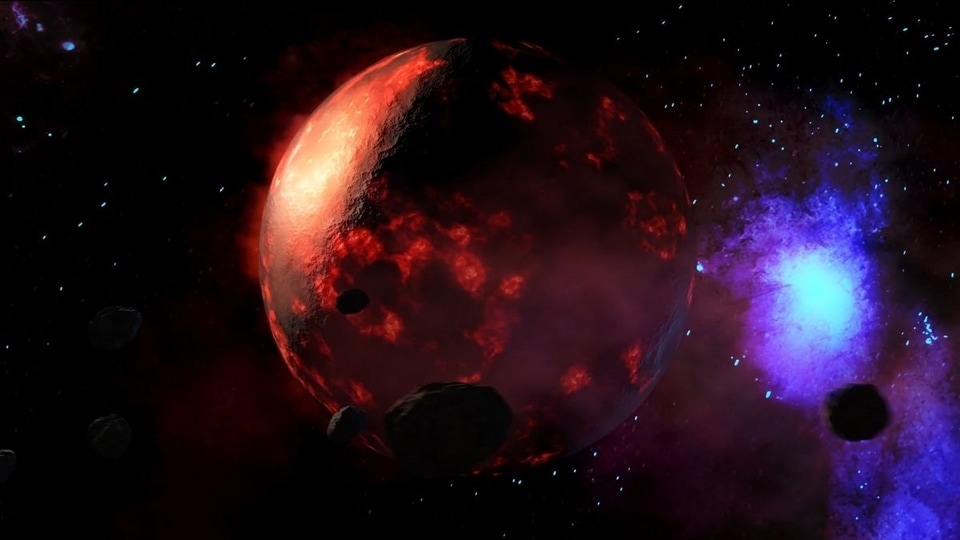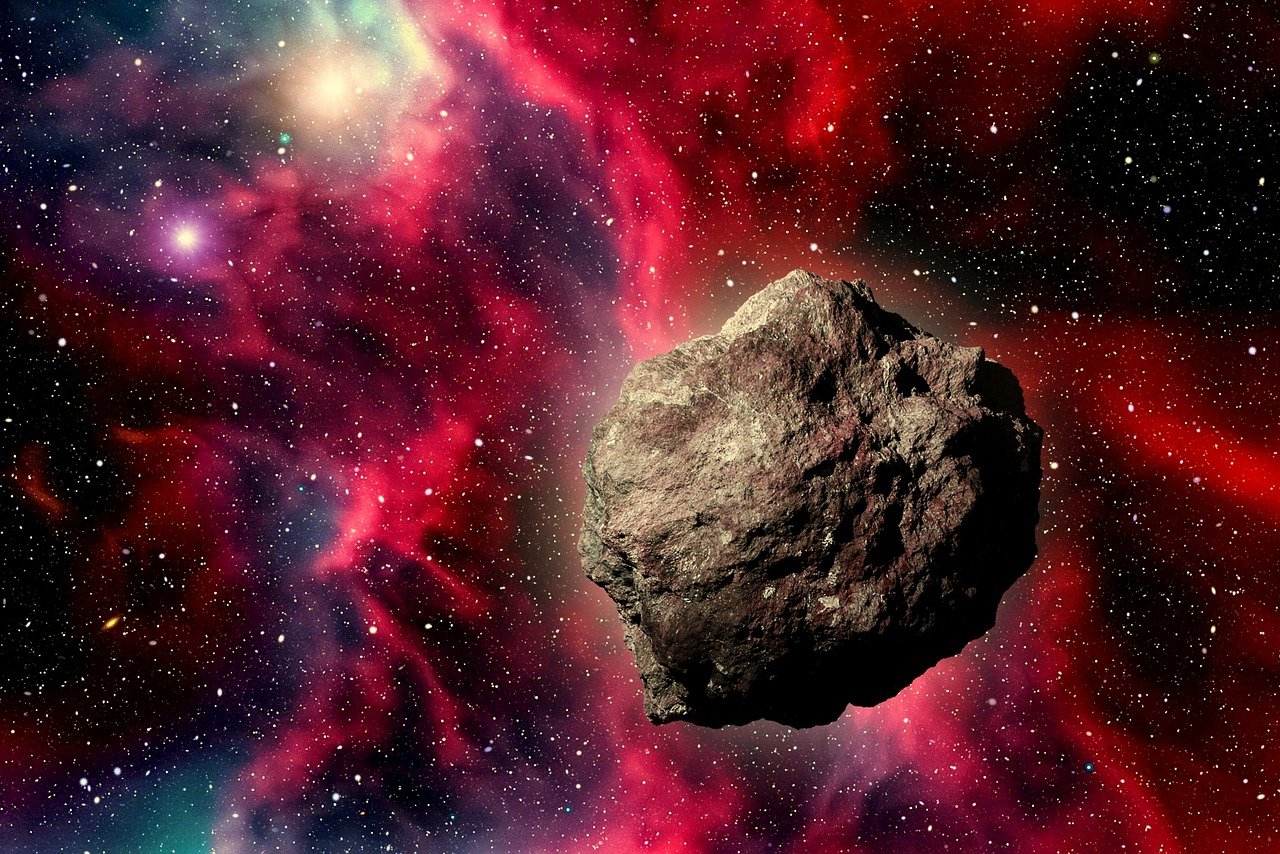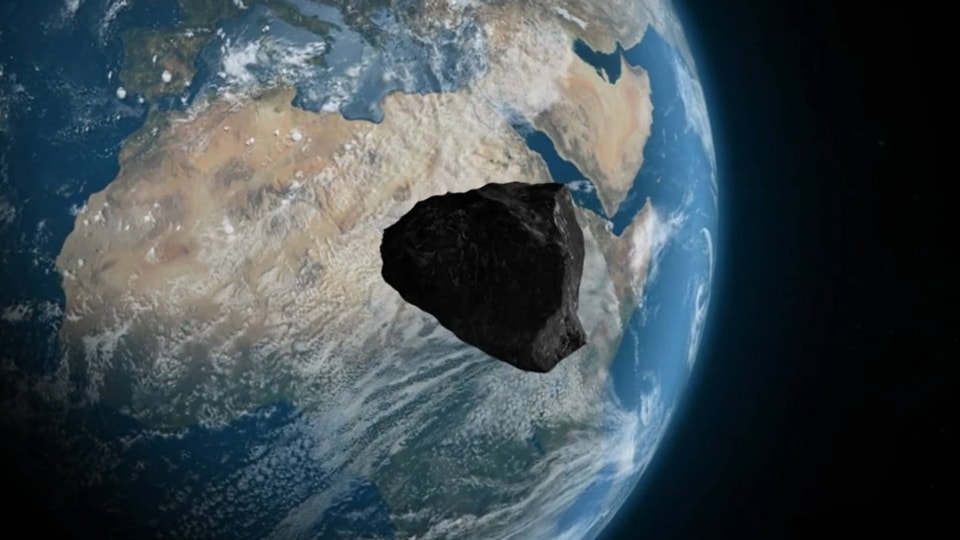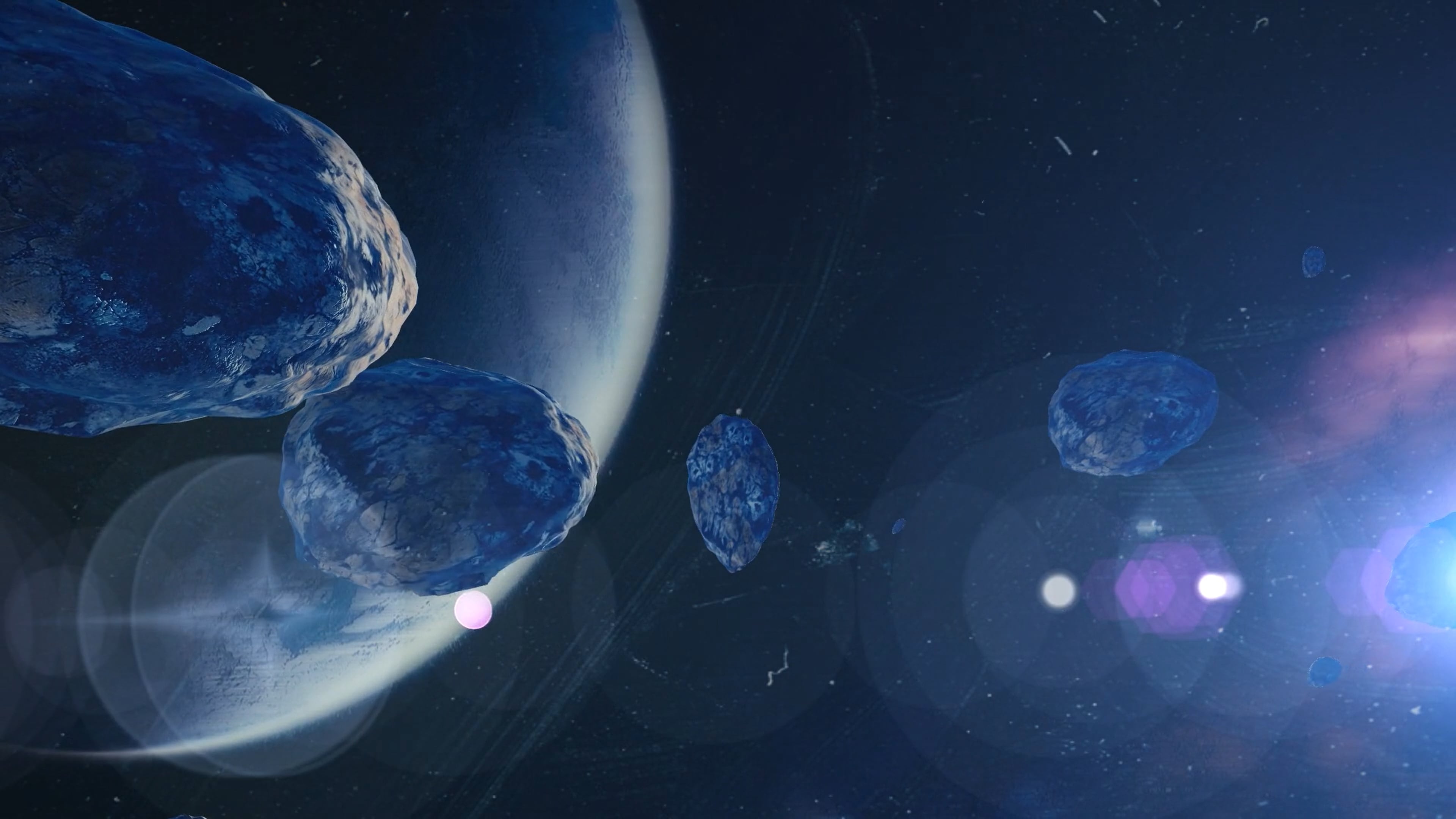110-foot asteroid to pass Earth today; Know details of close approach
Asteroid 2023 UO is expected to pass Earth by a close margin today, November 15. Know its speed, size, distance of approach, as per NASA.






 View all Images
View all ImagesIn a new development, NASA has revealed that an asteroid is set to pass Earth by a close margin today, November 15. NASA's Center for Near-Earth Object Studies (CNEOS) has designated this space rock as Asteroid 2023 UO. The asteroid was discovered and tracked using various ground and space-based telescopes. It will pass Earth at a distance of approximately 2.4 million kilometers. Check out all the details of Asteroid 2023 UO's close approach.
Asteroid 2023 UO: Details of close approach
NASA has revealed the asteroid is travelling in its orbit at a breakneck speed of 24492 kilometers per hour, which is much faster than the speed of a hypersonic ballistic missile! This is not the first time that the asteroid will come close to Earth. It first passed the planet on November 16, 1911, when it flew by at a distance of 1.2 million kilometers. As per NASA CNEOS, it will pass the planet at a distance of 8.3 million kilometers on November 6, 2038.
Asteroid 2023 UO belongs to the Apollo group of Near-Earth Asteroids, which are Earth-crossing space rocks with semi-major axes larger than Earth's. These asteroids are named after the humongous 1862 Apollo asteroid, discovered by German astronomer Karl Reinmuth in the 1930s.
In terms of size, the asteroid is almost 110 feet wide, making it almost as big as an aircraft. It is almost twice the same size as the Chelyabinsk asteroid which injured 1400 people and damaged 7000 buildings when it exploded over the Russian city in 2013.
Asteroid whizzed past Earth
NASA, ESA and other space agencies have a suite of ground and space-based telescopes and observatories to track and monitor asteroids. Despite the presence of these technological marvels, an asteroid snuck past all of them! The asteroid, named Asteroid 2023 NT1, made its closest approach to Earth on July 13 when it entered Earth's 60,000-mile radius, which is 4 times closer than the Moon! It was not a small rock either, as scientists later revealed it was nearly 200 feet wide, about 4 times the size of the Chelyabinsk asteroid that caused massive damage in Russia. It was at last found by the Asteroid Terrestrials-Impacts Last Alert System (ATLAS) observatory in South Africa on July 15.
Catch all the Latest Tech News, Mobile News, Laptop News, Gaming news, Wearables News , How To News, also keep up with us on Whatsapp channel,Twitter, Facebook, Google News, and Instagram. For our latest videos, subscribe to our YouTube channel.





























